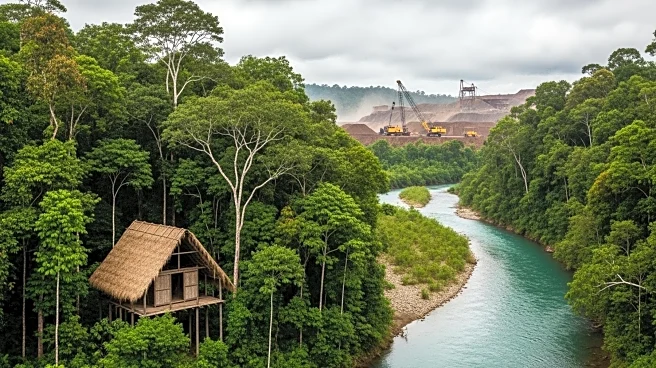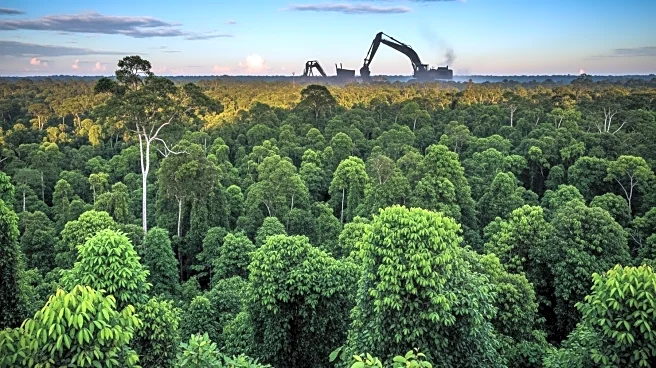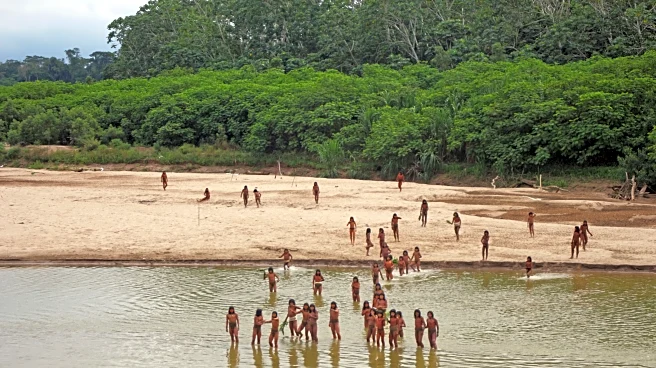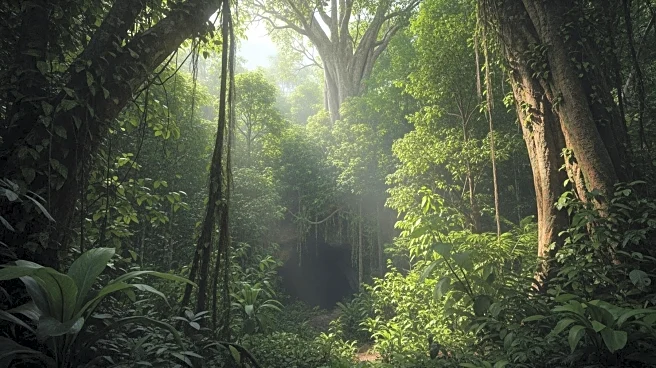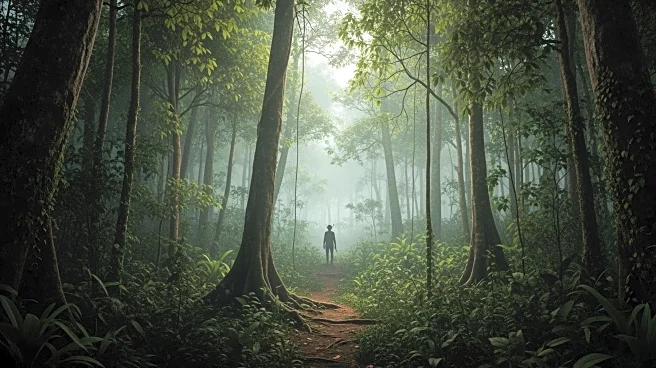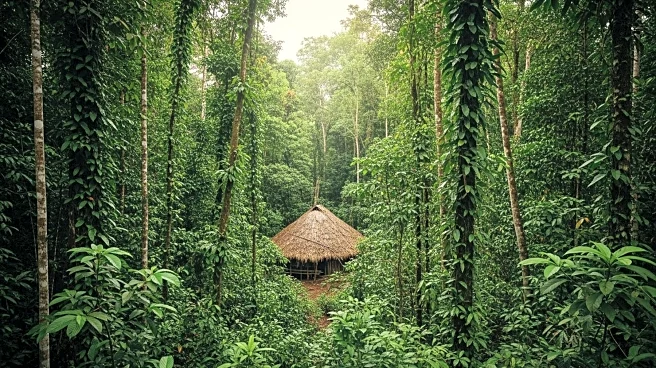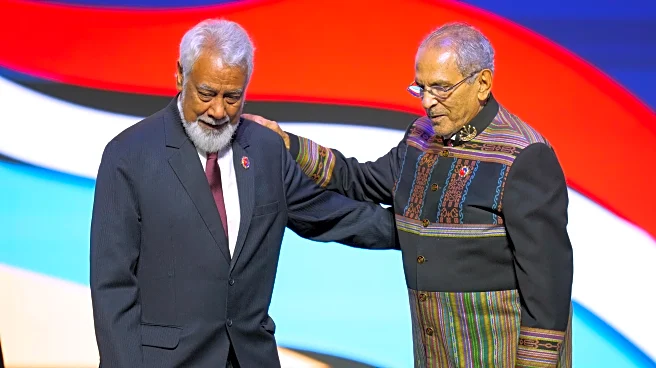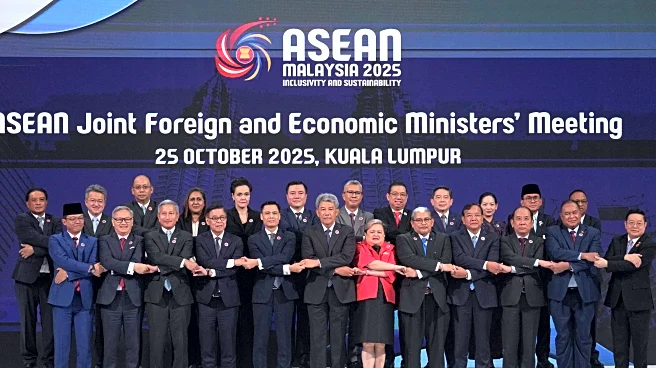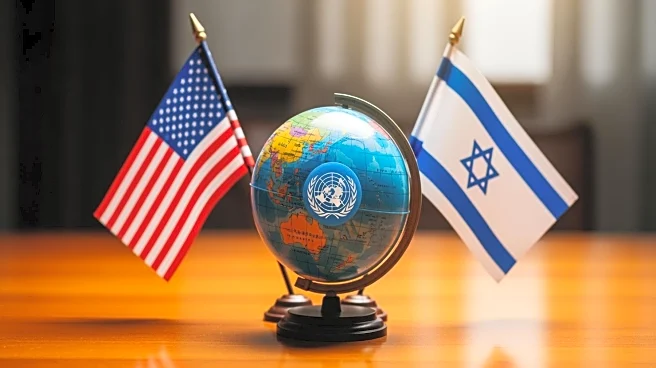What's Happening?
A new report by Survival International has identified at least 196 uncontacted Indigenous groups worldwide, with many facing significant threats from mining, logging, and other activities. The report highlights
that nearly 40% of these groups are threatened by mining operations, particularly in South America and Indonesia. The uncontacted Hongana Manyawa on Indonesia's Halmahera Island are specifically mentioned as being affected by nickel mining for electric vehicle batteries. The report emphasizes the lack of government protection and the potential for these groups to be wiped out within a decade if current trends continue.
Why It's Important?
The report underscores the critical need for stronger protections for uncontacted Indigenous peoples, who are often overlooked in political and economic discussions. These communities play a vital role in preserving biodiversity and combating climate change by maintaining their forested territories. The mining activities not only threaten their existence but also contribute to environmental degradation. The findings call for a reevaluation of how industries operate in these sensitive areas and highlight the ethical responsibility of governments and corporations to protect these vulnerable groups.
What's Next?
The report calls for immediate action, including legal recognition of Indigenous territories and the suspension of mining and other extractive activities in these areas. It also urges companies to ensure their supply chains do not exploit Indigenous lands. The international community is encouraged to apply pressure on governments to enforce existing laws and treaties that protect Indigenous rights. The potential for increased advocacy and policy changes could lead to more sustainable practices and better protection for these communities.
Beyond the Headlines
The situation of uncontacted Indigenous peoples raises broader ethical questions about development and conservation. The report challenges the notion of progress at the expense of marginalized communities and highlights the need for a more inclusive approach to global development. It also points to the potential for these communities to offer valuable insights into sustainable living and environmental stewardship.
